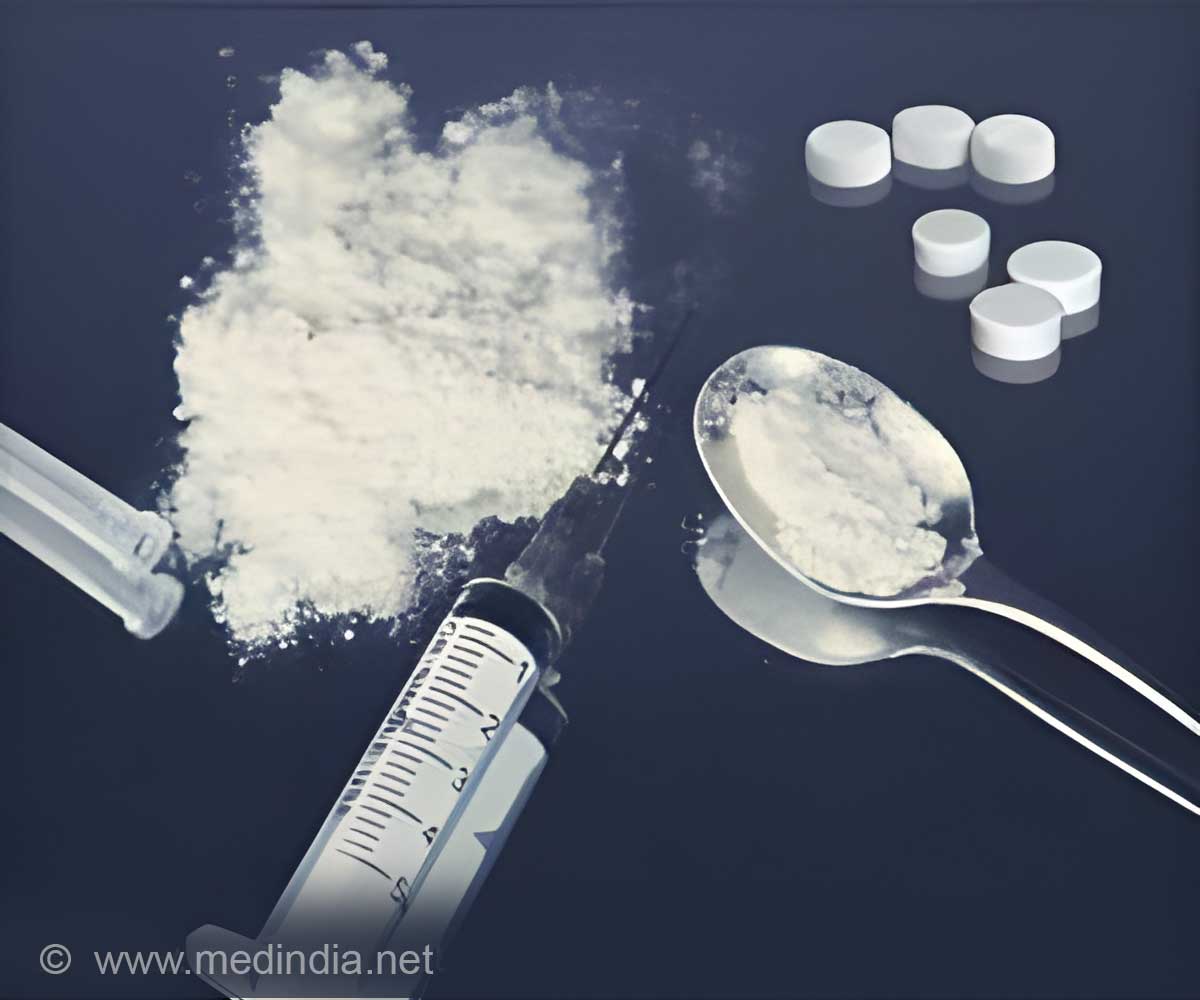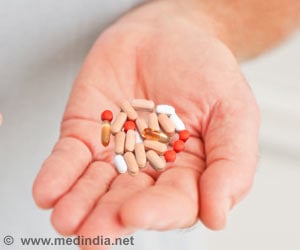Virtual reality (VR) treatment program may help Chinese drug addicts overcome their addiction and help them off the drugs, reports a new study.

TOP INSIGHT
The Virtual Reality system simulates drug-craving cues to collect psychological data to assess addicts and help them off drugs.
Read More..
During the treatment, users wearing a headset see several common drug use scenarios displayed through VR software. The headset is equipped with an infrared eye-tracker that can detect what they are looking at and for how long. If one watches an object for a long time, he or she must be interested in it.
The VR system simulates drug-craving cues to collect psychological data to evaluate addicts and help them off drugs. Their biological indicators, such as heart rate and skin conductivity, are recorded at the same time.
Traditional methods to induce drug cravings are mainly fake drugs and pictures of drugs, which look unreal, and addicts' eye movements cannot be recorded accurately, making assessment difficult, said Xu Ding, a senior researcher with the Shanghai rehabilitation administration.
"The VR technology can offer an immersive environment, such as a party, a bar or a KTV room, where users can interact with virtual features," Xu said.
After inducing drug cravings, VR images automatically switch to scenes showing negative consequences of drug use, such as disease, broken families, and suicide, to arouse feelings of discomfort and then aversion to drugs.
Sometimes the VR system displays natural scenery to help calm addicts, better regulate their emotions, and gradually abandon drugs.
"Modern solutions are more scientific," said Xu.
Source-IANS
 MEDINDIA
MEDINDIA




 Email
Email





